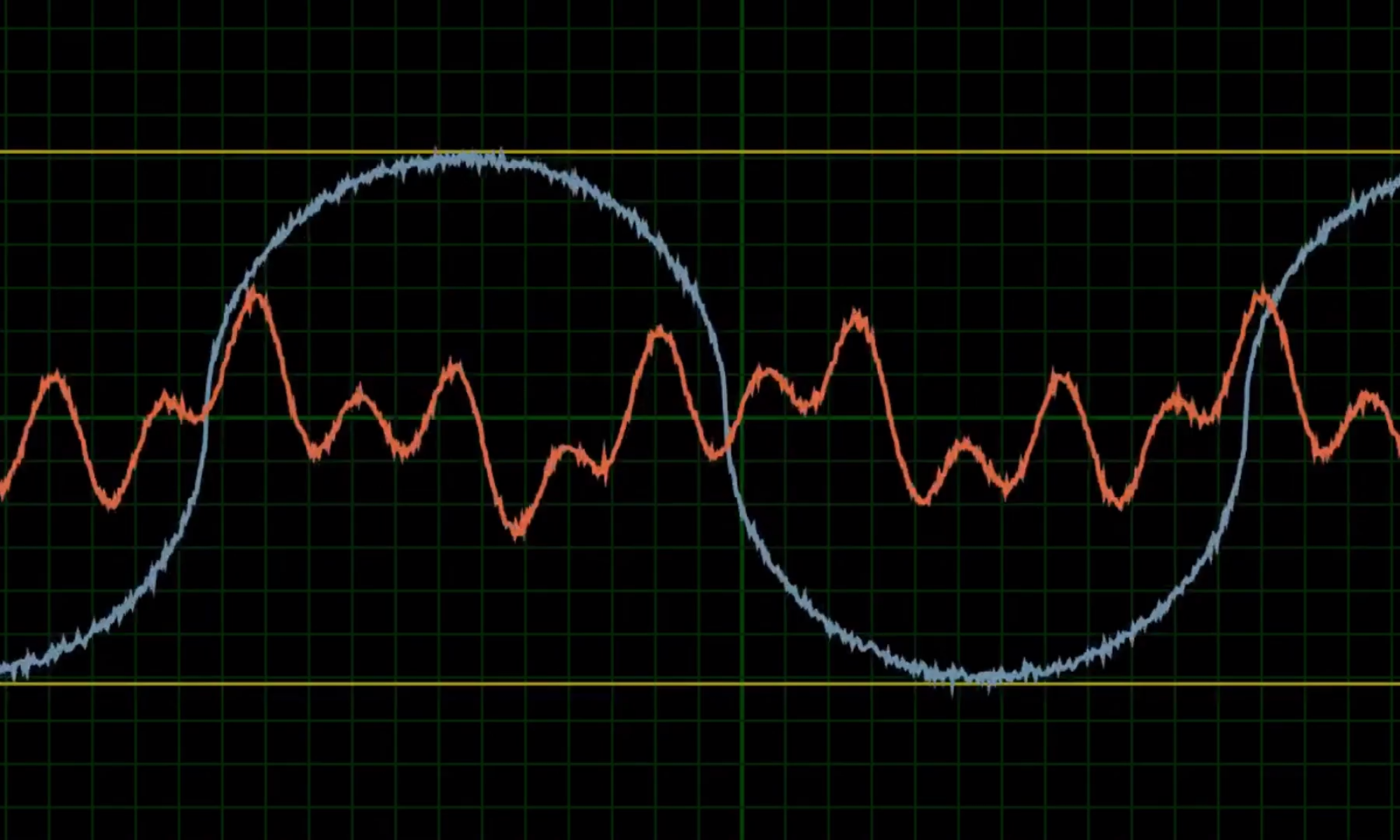First and foremost, we had to list down the design considerations for this project. There were a few key areas that helped us narrow down our focus:
- Functionality: The test rig had to have controlled failures which meant that parts that were not supposed to fail had to be over-engineered! Even if this meant choosing a slightly more expensive motor driver with excessive current sourcing capabilities, there was no competition if the closest rival could fail under normal test conditions.
- Simplicity: We wanted the design to be simple enough so that even a 1st or 2nd year undergraduate student could understand, even contribute to, the project. To aid this, we also aimed to minimised the number of manufacturing processes undertaken so that a ‘standard’ student would be easily able to pick up what was going on. In keeping this simple, it helps to have fewer components. Therefore we aimed to have multi purpose components where possible. An example of this was using the Arduino platform as it is incredibly diverse and able to carry out many of the necessary functions. Finally, we also tried to keep components reasonably priced.
- Awesomeness: While this might seem like an odd criteria, we recognised that what we were doing was useful and incredibly cool as well! We wanted to impress anyone who came into contact with this project. This is one of the reasons why we chose to model the truck after actual mining trucks, bright yellow and all!
- Upgrades: The final factor we kept in mind was future expansions on the test rig. We wanted a rig that future team members could easily add to or change as necessary.

